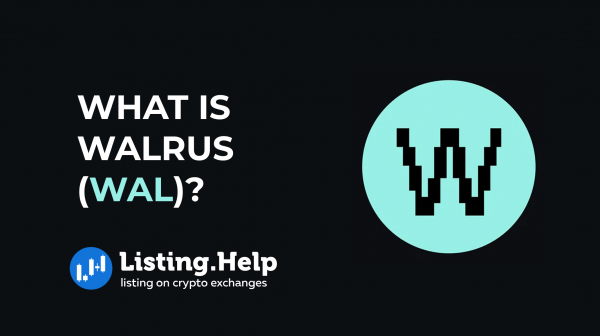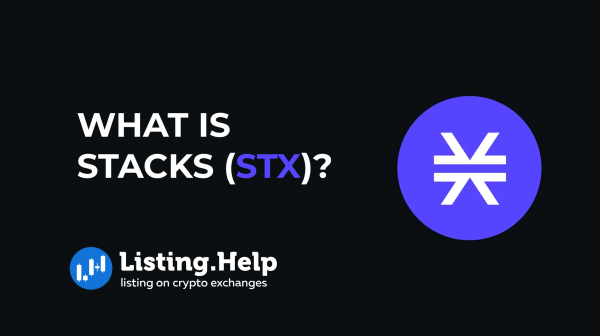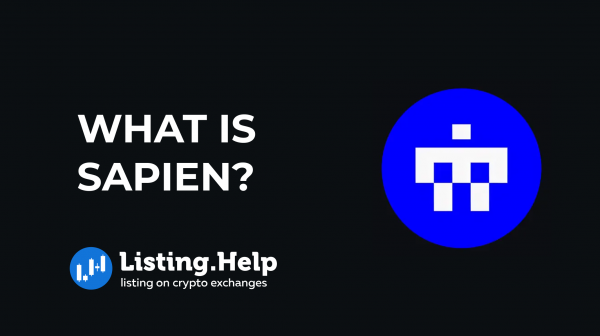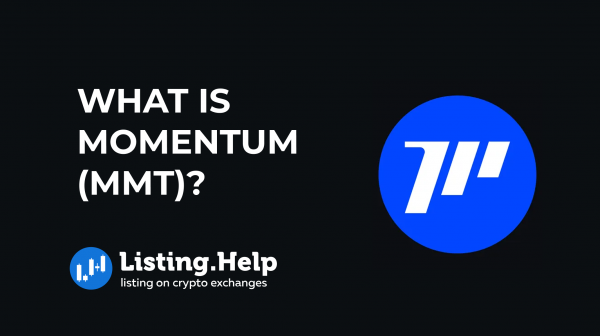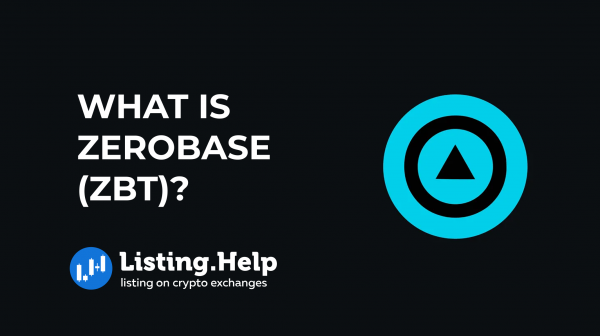What is Starknet (STRK)?
 August 17, 2025
August 17, 2025 Updated: August 17 2025, 05:29
Updated: August 17 2025, 05:29
LEAVE A REQUEST
Launching your own token project? Our experts are ready to help with listing on exchanges, market making, marketing and other solutions
SUBMIT APPLICATIONStarknet is a Layer 2 scaling solution that applies Scalable Transparent Arguments of Knowledge (STARK) proofs to make transactions faster, cheaper, and more scalable. It enables developers to create high-performance decentralized applications (DApps) with lower costs and strong cryptographic security, without compromising decentralization.
What Are STARKs?
STARKs, short for Scalable Transparent Arguments of Knowledge, are cryptographic proofs that confirm computations were carried out correctly without repeating them.
Within Starknet, STARKs verify that transactions handled off-chain have been processed accurately before a compact proof is sent back to Ethereum. This allows Ethereum to finalize large groups of transactions more efficiently and at lower cost.
STARKs do not provide privacy by default and differ from traditional zero-knowledge proofs (ZKPs), as they focus on verifying computational accuracy rather than concealing data. They stand out because they do not depend on a trusted setup, scale effectively even as workloads grow, and are built to resist potential threats such as quantum computing attacks.
What is Starknet?
Starknet is designed to reduce Ethereum’s transaction load by moving most processing off-chain. Instead of recording every transaction directly on Ethereum, Starknet processes them separately, then produces a STARK proof that mathematically confirms all steps were correct. This proof, along with a summary of state changes, is submitted to Ethereum for final verification and recording.
How Starknet Works?
- Sequencer – transaction management The sequencer receives incoming transactions, orders them, and removes those that fail validation (for example, due to insufficient funds or execution errors). It then groups valid transactions into blocks for further processing. Because this step happens off-chain, throughput is significantly higher.
- Prover – proof generation The prover takes each processed block, records the execution steps (Execution Trace) and resulting state changes (State Diff), then selects random segments of this data to produce the final STARK proof. This proof acts as a mathematical guarantee that every transaction in the block followed the rules.
- Settlement on Ethereum The proof and state updates are sent to Ethereum, where two smart contracts handle verification:
After approval, the new state is written into an Ethereum block. Because the proof guarantees correctness, Ethereum does not need to re-execute each transaction, which reduces congestion and lowers fees.
Key Features of Starknet
Cairo: Starknet’s programming language
Starknet is built around Cairo, a smart contract language created for programs verified with STARK proofs. It lets developers build scalable applications without having to master the underlying cryptography.
The Cairo ecosystem also includes tools that make development easier. Dojo is an open-source game engine for creating fully on-chain games. Starknet React is a library that helps integrate Starknet functionality into web applications with less friction.
Native account abstraction
Starknet has native account abstraction, which allows developers to build Web3 applications with user experiences closer to Web2. This includes passkeys, enabling logins without seed phrases, and session keys, which let users approve multiple transactions in one step. With the paymasters feature, transactions can be made gasless, either by paying in ERC-20 tokens or by having another party cover the gas cost.
One example is Cartridge Controller, a Starknet-based smart contract wallet for games. It supports one-click onboarding, player identities, achievements, and integrates smoothly with game engines and frontend frameworks.
Validity vs. optimistic rollups
Starknet relies on validity proofs rather than optimistic rollups. Instead of assuming transactions are correct until challenged, Starknet verifies correctness upfront. This means faster finality and stronger cryptographic guarantees, as there’s no waiting for a dispute period.
Optimistic rollups, however, are often simpler to implement and may fit better with existing Ethereum tools. Both designs have their trade-offs, and the choice depends on factors such as latency, compatibility, and trust requirements.
Challenges
Starknet is not directly compatible with the Ethereum Virtual Machine (EVM). This is different from Layer 2s like zkSync Era or Scroll, which let developers reuse Solidity code and Ethereum tools with minimal changes.
Instead, Starknet requires building in Cairo. While Cairo’s design benefits scalability through STARK proofs, it brings a learning curve that can slow adoption and complicate the migration of existing applications.
What is the STRK token?
The STRK token serves as Starknet’s native utility asset, used for governance, transaction fees, and staking.
- Governance: Token holders can vote on protocol changes, such as upgrades or adjustments to the Starknet Operating System. Some actions may require a minimum STRK amount to propose or support.
- Transaction fees: STRK can be used to pay fees on Starknet. A portion is converted to ETH by the sequencer to pay Ethereum gas costs.
- Staking:
The STRK token is listed on many platforms, including Uniswap, Crypto.com, LBank and Weex. If you’re looking to list your token on similar platforms, understanding the token listing process and crypto exchange listing fees is essential.
Conclusion
Starknet takes a distinct approach to scaling Ethereum by using STARK-based validity proofs. Its focus is on improving throughput and lowering costs while keeping Ethereum’s security model intact. With Cairo and native account abstraction, it opens up new possibilities for developers, especially in areas like on-chain gaming and infrastructure.

For more insights and updates on the crypto world, don’t forget to check out our blog at Listing.Help.




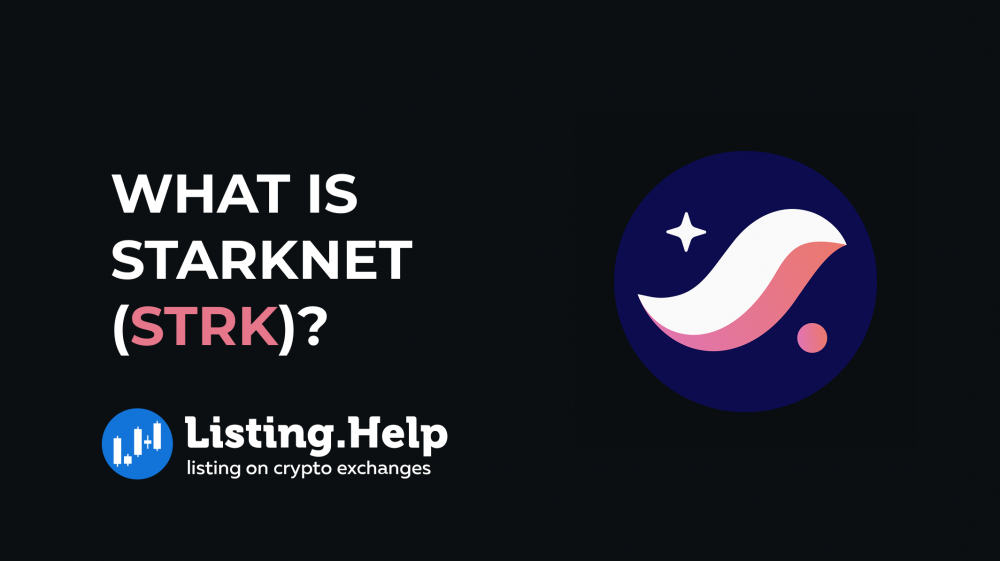

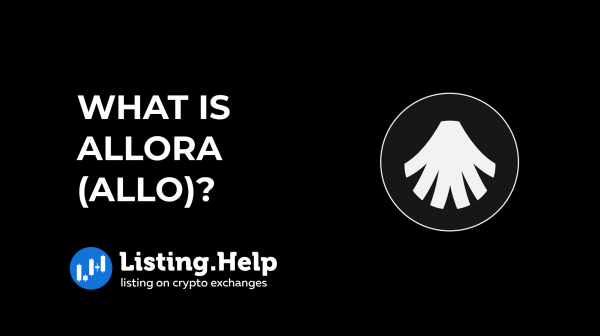
 December 29, 2025
December 29, 2025 
